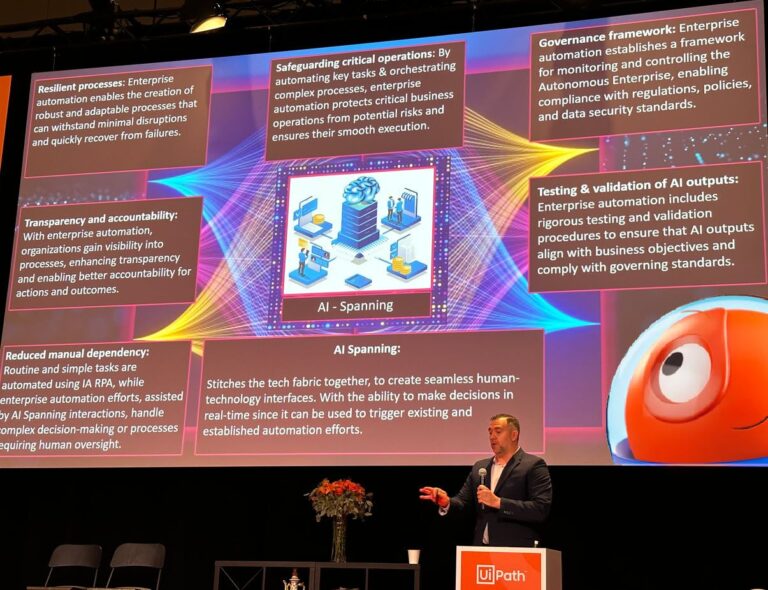Building a More Secure Tomorrow with Automation and AI!
In the ever-evolving landscape of technology, automation and AI are not just about #efficiency; they’re our key to a more secure future. As we embark on this journey, it’s vital to understand the profound impact of automation in the context of audit, control, and governance for AI and upcoming Large Language Model (#LLM) implementations.
AI Spanning Can be the linchpin in our pursuit of a more secure and efficient future. Here’s how it works:
Seamless Interfaces: AI Spanning stitches the tech fabric together, creating seamless human-technology interfaces. It empowers real-time decision-making by triggering existing automation efforts. This interface ensures that technology complements and augments our decision-making process, enhancing the synergy between humans and machines.
Resilient Processes: Automation, when executed at an enterprise level, results in robust and adaptable processes. These processes are designed to withstand minimal disruptions and quickly recover from failures. This resilience is the backbone of security in a rapidly changing business environment.
Safeguarding Critical Operations: By automating key tasks and orchestrating complex processes, enterprise automation acts as a protective shield. It ensures that critical business operations remain shielded from potential risks and that they run smoothly, even in the face of challenges.
Governance Framework: Enterprise automation establishes a robust #governance framework for monitoring and controlling the Autonomous Enterprise. This framework not only ensures operational excellence but also facilitates compliance with regulations, policies, and data security standards, a critical component in the world of cybersecurity.
Transparency and Accountability: #Automation and #AI provide organizations with unprecedented visibility into their processes. This heightened transparency enables better accountability for actions and outcomes. With clear insights into the processes, organizations can ensure that every action is aligned with their goals.
Testing & Validation of AI Outputs: Enterprise automation is not just about adopting AI but also about rigorous testing and validation procedures. These procedures are in place to ensure that AI outputs align with business objectives and comply with governing standards. This meticulous process serves as a quality assurance mechanism.
Reduced Manual Dependency: Routine and simple tasks are automated using Intelligent Automation (IA) RPA, reducing the need for manual intervention. Meanwhile, enterprise automation efforts, assisted by AI Spanning interactions, can effectively handle complex decision-making processes that require human oversight.
𝗡𝗼𝘁𝗶𝗰𝗲: The views expressed in this post are my own. The views within any of my posts, or articles are not those of my employer or the employers of any contributing experts. 𝗟𝗶𝗸𝗲 👍 this post? Click 𝘁𝗵𝗲 𝗯𝗲𝗹𝗹 icon 🔔 for more!



